There’s a jump button in Dragon Age: The Veilguard. Press it, and the game’s custom-made protagonist, Rook, leaps upward. The same button lets Rook vault across waist-high barriers and clamber up ledges, traversing the fantasy world of Thedas with acrobatic ease. It’s a small detail, this jump button, but combined with dozens of other design choices, it makes The Veilguard feel distinct from more traditional RPGs. The latest from BioWare, a studio responsible for classics of the genre ranging from the original Baldur’s Gate games through to the Mass Effect series and first trio of Dragon Age entries, is a significant departure from the team’s house style.
Dragon Age: The Veilguard handles, and is presented very much like, a standard third-person action game. There are light and heavy attacks in combat. There’s a parry button and an ‘ultimate’ ability that you can deploy by clicking down both thumbsticks on a controller. The camera hangs behind Rook’s back as they move, framing the world in such a way that traversable paths or incoming groups of enemies are easy to spot. Look at the screen for a few seconds without context and The Veilguard looks like the new God of War games, or The Last of Us.

But at the heart of the latest Dragon Age is an emphasis on player-influenced storytelling that is firmly ‘RPG.’ This is made clear moments after starting it up, with Rook’s customization process allowing not just for extensive aesthetic choices, but also decisions regarding the character’s personal background — which of The Veilguard’s factions of warriors, treasure hunters, and revolutionaries they belong to. Branching paths are presented throughout the game proper, with the player deciding what version of the plot they want to pursue or, more to the point, how their priorities and outlook define their version of Rook. These major choices aren’t as numerous as they were in, say, the first Mass Effect or Dragon Age: Origins, but they do greatly affect both Rook’s characterization and the path The Veilguard’s story takes.
This kind of reactivity is at the heart of the role-playing game, a genre whose dimensions have become increasingly tough to define for many years now. All the way back in 2007, for instance, Call of Duty 4: Modern Warfare launched, bringing with it a massively influential template for action game design. Though its multiplayer mode can be boiled down to an endless series of frenetic gunfights, it also includes progression features that feed back into how those gunfights function. Players earn experience points for kills or helping their team achieve objectives. They level up, unlocking new guns, character abilities, and other equipment. This is, at its essence, role-playing game design, though it isn’t thought of as such because, again, Call of Duty’s multiplayer is mostly interested in providing fast-paced action.
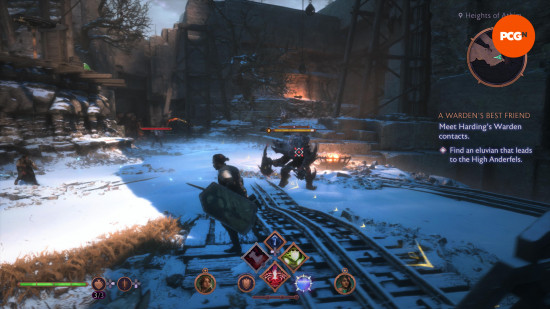
It’s a bit harder to define a role-playing game, then, as being entirely about earning levels and powering up a character with new equipment and abilities. Trying to fit every game so neatly into a genre — or dispute what does and doesn’t belong in one — requires ultimately meaningless contortions. It’s better to look at the central focus of a given work, to determine what a game is based on the kind of experience it wants to offer players.
The Veilguard is a role-playing game, even if that definition has expanded beyond what it might have meant a decade or two ago. Though the customizable Rook has a more defined personality than some blank-slate game protagonists, their dialogue responses, appearance, and combat abilities are all determined by the player. Call of Duty is still a shooter or action game because it centers reflex-intensive gunfighting over its RPG elements. The Veilguard remains an RPG because, despite its action-heavy combat, it emphasizes player-led storytelling. If this means that a game like Assassin’s Creed Valhalla or Assassin’s Creed Odyssey, both of which allow players to choose their avatar and make decisions between earning experience points and unlocking abilities, are RPGs as well, then that works, too. The genre is expansive enough to accommodate a wide range of expressions of its core focus.
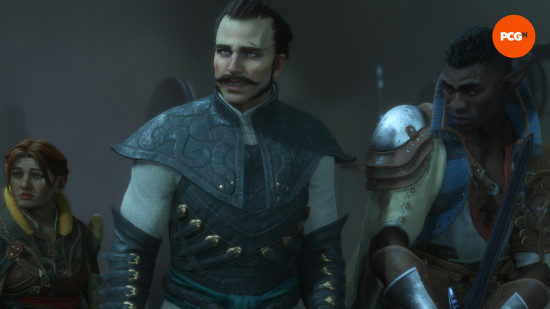
It also makes sense that Bioware’s output would push at the edges of the genre. Since its second installment, Dragon Age has established itself as a series whose tone and design sensibilities vary wildly from one game to the next. Each entry presents Thedas’ fantasy setting in a different manner, offering an aesthetic, plot focus, and style of combat influenced by its predecessor while remaining notably distinct. That The Veilguard would continue in this vein, presenting such a departure in look and feel from its predecessor, Inquisition, is only natural. The core of the series is in thematic throughlines that persist across entries – the nature of religion in a world of living, sometimes physicalized gods; setting aside historical animosity and cultural difference to pursue a common purpose – not a set visual or writing style, or the design of battles and level exploration. The first Dragon Age plays more like an iteration of the Bioware-made Baldur’s Gate games and The Veilguard incorporates more direct action influences into its design, but they have plenty in common with one another.
Game genres can be as fluid as series identities. The role-playing game is, like Dragon Age The Veilguard’s interpretation of it, a nebulous enough genre that it can be stretched and reconfigured to incorporate other influences. It can preserve enough of its formal foundations that it doesn’t much matter if the characters on screen take turns preparing their attacks or vault across battlefields to inflict them with the tap of a button — if, in short, an RPG includes a jump button or not.
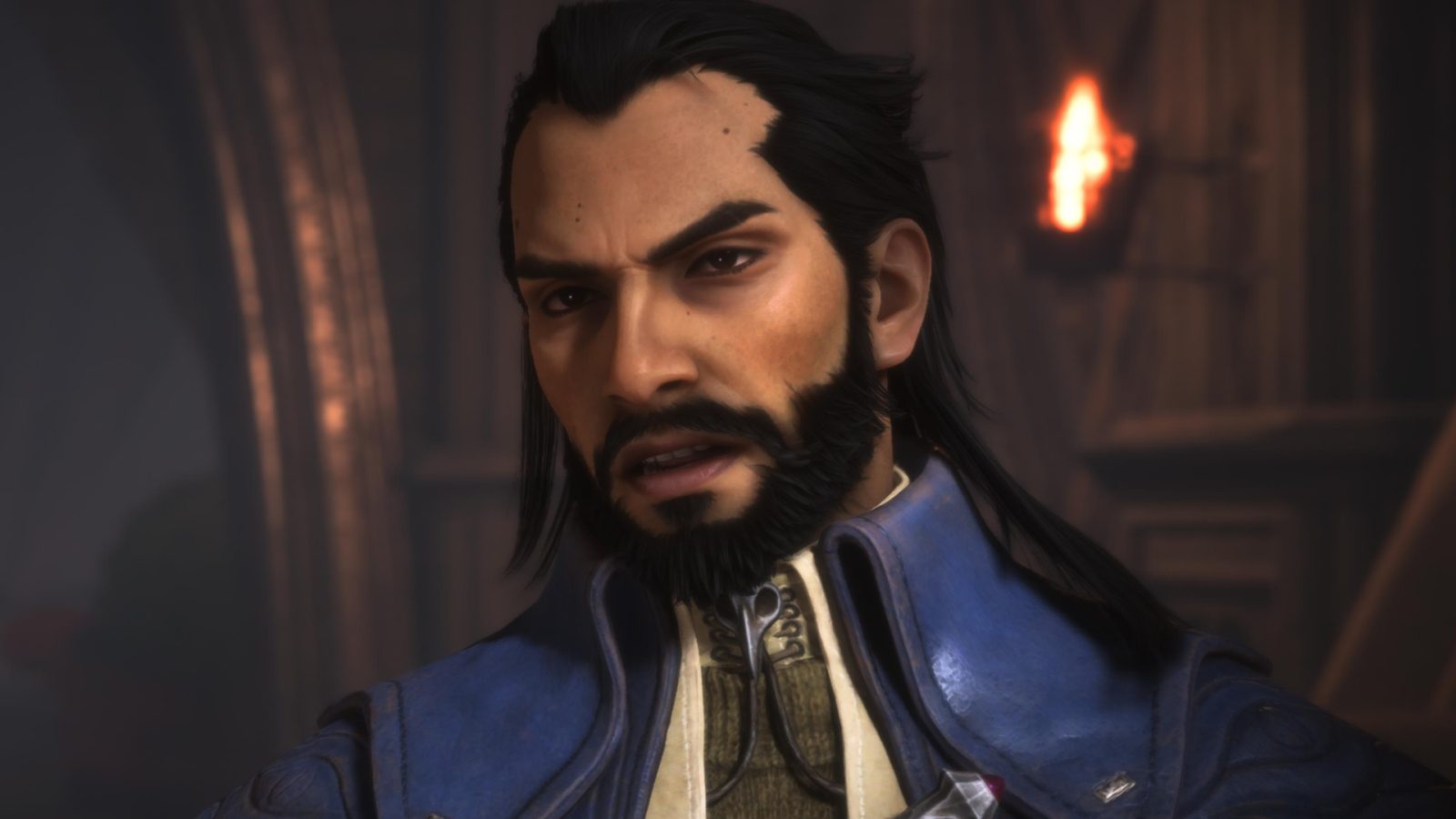


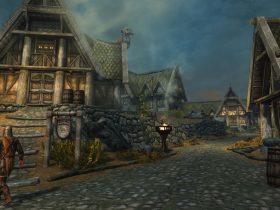
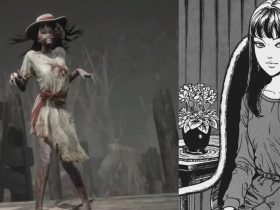




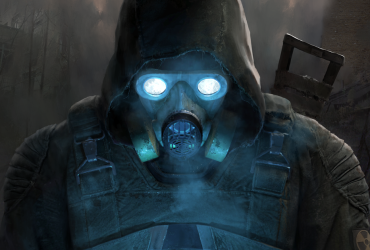
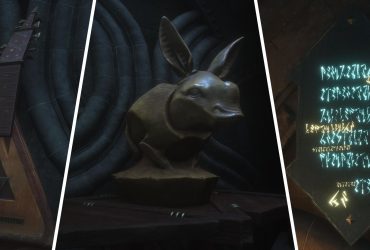

Leave a Reply